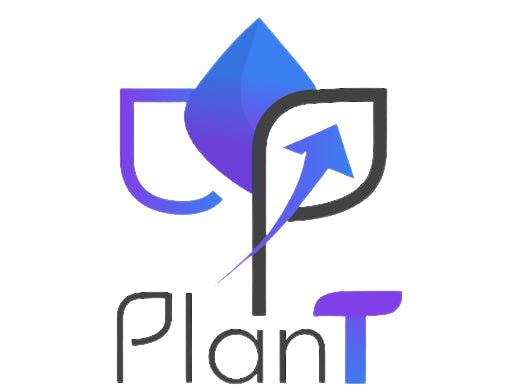Working with documents means collaborating on and generating the types of information resources essential to accomplishing work. This is especially crucial when working on projects that involve many moving parts, such as developing software. Documentation can help everyone stay on the same page and saves time trying to understand instructions or steps to follow that someone else has already documented.
In general, documents, especially those produced by organisations or other professional settings follow certain conventions and standard practices. This allows for a greater level of transparency and consistency in the workflows and ecosystems of documentation. Documents are categorized as semistructured or unstructured. For example handwritten letters or note or a tabular list-based form. In general, however, documents usually contain an assortment of text and other non-textual elements, including images tables, graphs, and tables.
Good document collaboration typically involves grouping teams into groups with varying permissions and access to documentation in order that each group can concentrate on their own tasks dataescape.com without having to worry about accidentally altering or overwriting other’s work. Version control is also important to track and restore older versions of documents. Furthermore, it allows for allowing for both simultaneous and synchronous communication within the document. By establishing these kinds of guidelines, you can ensure that all team members have the highest chance of success when they are using your company’s documentation.
